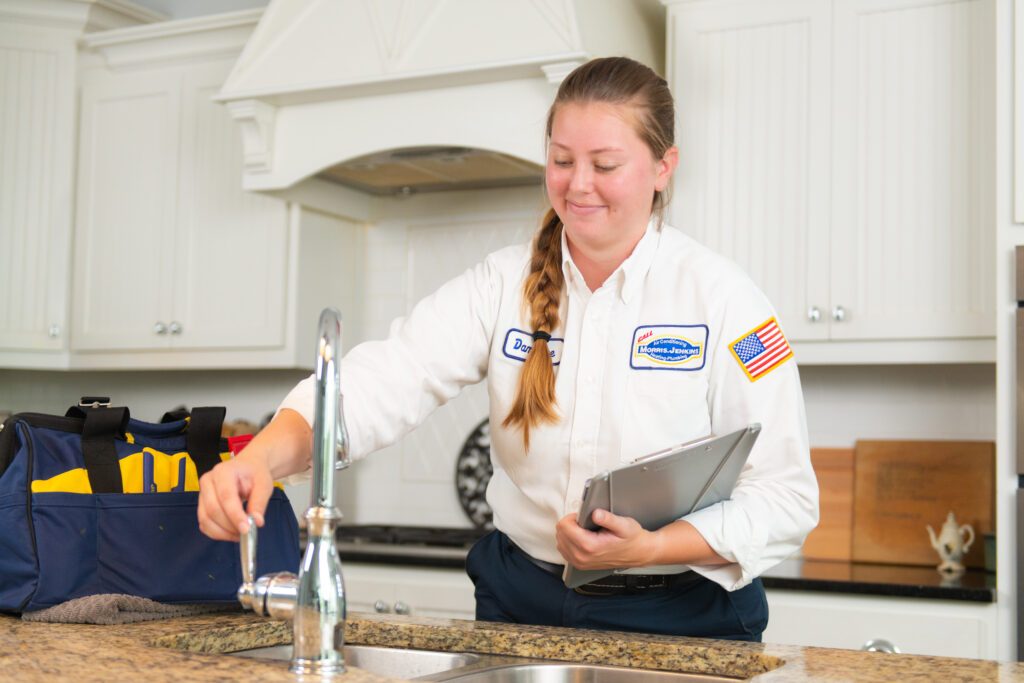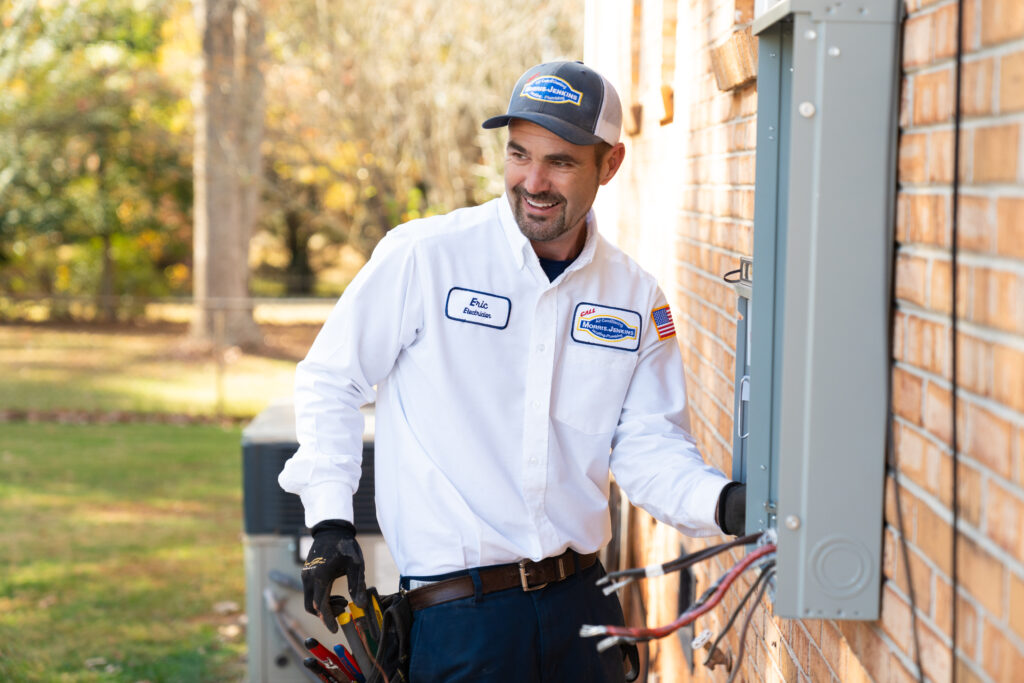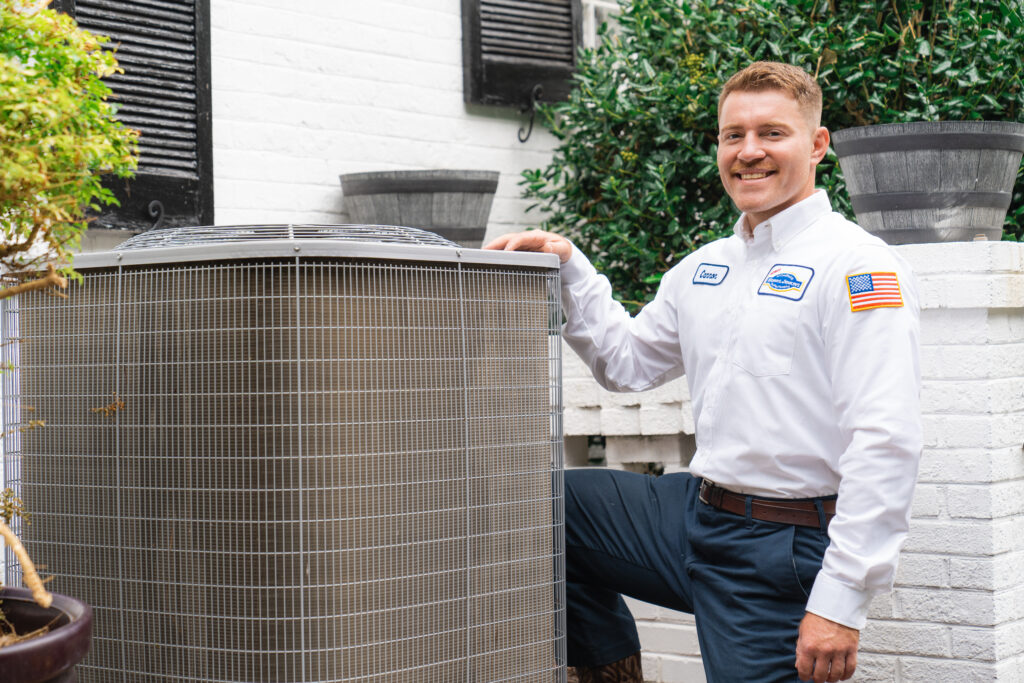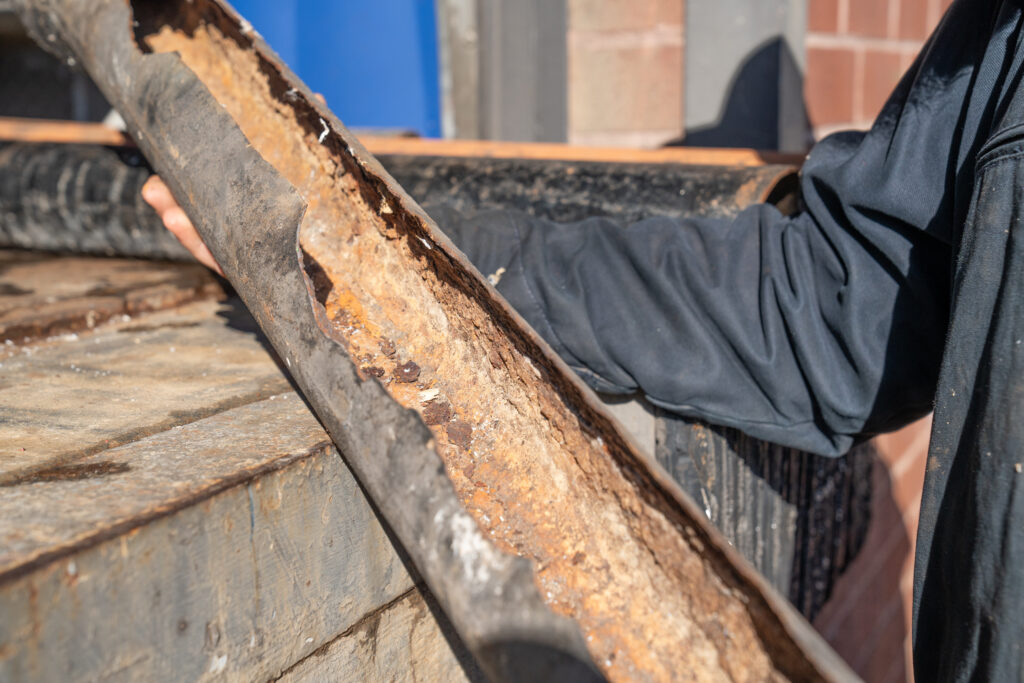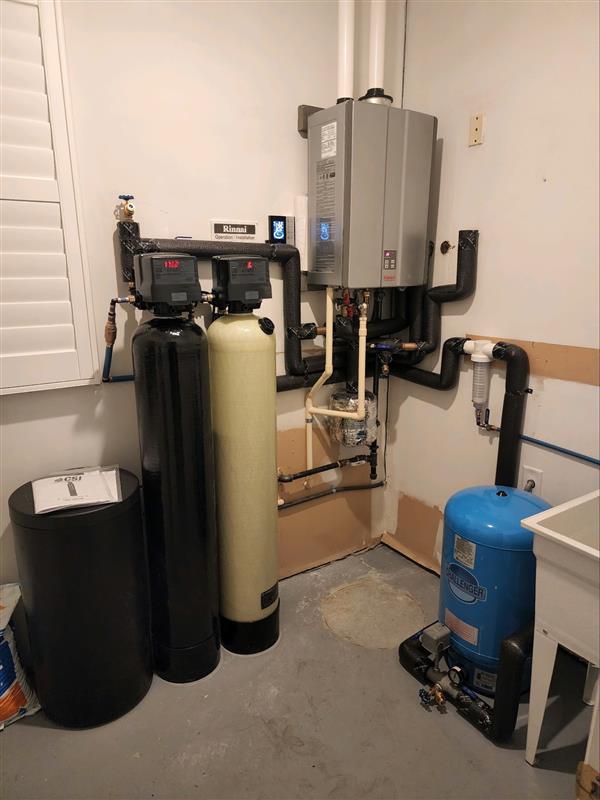You’ve just used the bathroom and pressed the toilet handle, but instead of flushing, everything just kind of swirls around. Dealing with a clogged toilet is the absolute worst! And standing in a backed-up shower is a close second place. Maybe you tried using the plunger and it didn’t work. Now it’s time to call out the pros.
So, when you’ve got a clogged drain and call out a plumber, what can you expect? There are a couple ways a plumber might relieve your clogged drain, and it all depends on the cause of your clog. Two popular drain relieving methods are drain cabling and hydro jetting.
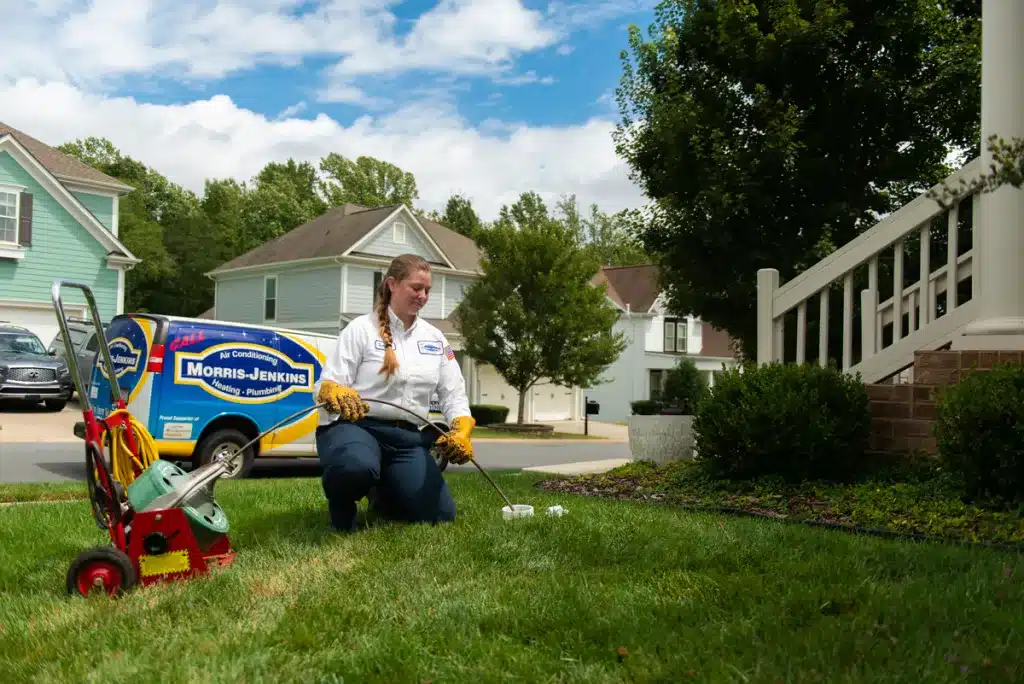
How Drain Cabling Works
If you’ve ever tried DIY methods of unclogging your drains, you’ve probably seen a drain snake at the store before. The ones you find at the store are long plastic sticks meant to pull hair and gunk from inside your pipes, but they don’t reach very far and aren’t super effective. And if you’re not careful, you run the risk of damaging your pipes.
Professional drain cabling (also called drain snaking) uses an extremely long metal cable (auger) to relieve clogs. Unlike the plastic one from the hardware store that’s just a few feet long, the ones we use can reach up to 75 feet. The cable is attached to a motor, and this drills the cable through whatever gunk is blocking up your pipes. We’ve pulled out all kinds of things by drain cabling, like dentures, children’s toys, and even deodorant!
How Hydro Jetting Works
Hydro jetting uses a high-pressure water stream to break through stubborn clogs and even tree roots* built up in your pipes. It’s basically a pressure washer for the inside of your pipes! When you have a plumber out for hydro jetting, they’ll send a drain camera down your pipes first. This is how we figure out exactly where your clog is and what’s causing it. From there, we can come up with a plan to get things working like new! Because hydro jetting uses such extreme water pressure, checking out the health of your pipes with a camera beforehand also lets us see whether or not hydro jetting is safe for your pipes.
Once your plumber is done checking out your pipes with a drain camera, they can get started with the jetter to take care of your slow or clogged drains! And hydro jetting doesn’t just clear the clog; it cleans the insides of your pipes, too! This breaks down build-up that might be leaving you prone to repeat clogs.
*If your clog is from tree roots, there’s more at play than just a clog. Your plumber will take a closer look and help figure out a solution to fix your pipes for good. In the meantime, hydro jetting is a great way to get you some temporary relief!
When You Need Drain Cabling vs When You Need Hydro Jetting
While both drain relief methods can do some amazing things, they aren’t equal. Both methods have their own strengths! If your clog is from softer things (like toilet paper, food, or hair), drain cabling is a great and cost-effective way to go. It’s also often a go-to method if your clog isn’t very deep in the line. However, drain cabling is only used for breaking apart or pulling out clogs and blockages. It isn’t meant to clean your pipes, so any build-up inside the walls of your pipes will still be there.
If you have a lot of build-up in your pipes, hydro jetting is a great option for cleaning your pipes and getting them flowing like new! Also, if your clog is from something harder (like tree roots or a really stubborn build-up), is caused by grease, or is deep in your pipes, hydro jetting is the best way to go!
Clogs don’t fix themselves, so even if your sink, toilet, or shower are just draining a bit slow, it’s worth calling Morris-Jenkins out to take a look. No matter what’s clogging up your pipes, we can get them flowing the right way again! We offer drain cabling for $77 (up to 75 feet with proper access), which relieves most common clogs. And our Priority Advantage® Members get this service for FREE with their membership!
